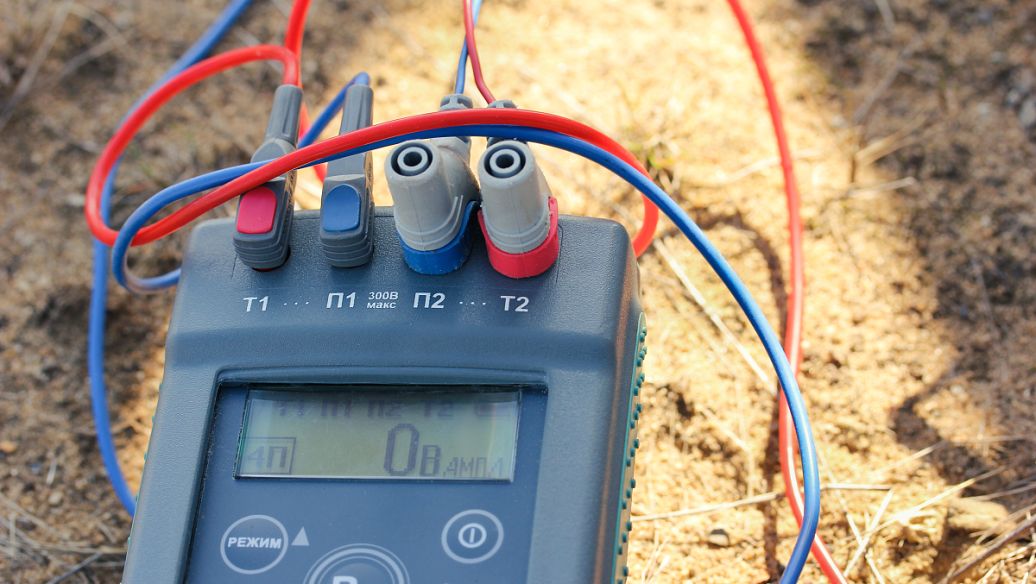Large power consumption, unstable voltage ,
As a result, the air conditioner is automatically turned off, and other electrical equipment is also affected.
So is there any way to solve this headache?
The editor recommends installing a voltage regulator. What is the working principle and function of the voltage regulator?
We together look!
Introduction
A voltage stabilizer refers to a device in electronic engineering that is designed to automatically maintain a constant voltage. A regulator may be a simple “feedforward” design or may contain a negative feedback control loop . Voltage regulators may also use electromechanical mechanisms or electronic modules. According to different designs, the voltage stabilizer can be divided into DC voltage stabilization and AC voltage stabilization.
Voltage stabilizers are often used in power supply systems and work with rectifiers, electronic filters, etc. to provide stable output voltages, such as the operating voltage required by microprocessors and other components. In alternators and even larger generators in power plants, voltage regulators control the stability of the output voltage. In a distributed power distribution system, voltage stabilizers may be installed in a substation or along the direction of wire extension to ensure that users can get stable voltage regardless of power level.
principle
Because some electrical appliances contain coil components, eddy currents that hinder the current will be generated at the initial stage of electrification . The generation of eddy currents will not only weaken the instantaneous voltage when the electrical appliance is started , resulting in slow startup, but also strengthen the instantaneous voltage generated after the circuit is broken, which may cause spark damage. circuit . At this time, a voltage regulator is needed to protect the normal operation of the circuit.
The voltage regulator is composed of a voltage regulating circuit, a control circuit, and a servo motor. When the input voltage or load changes, the control circuit performs sampling, comparison, and amplification, and then drives the servo motor to rotate to change the position of the carbon brush of the voltage regulator. By automatically adjusting the coil turns ratio, the output voltage is kept stable. The voltage stabilizer with larger capacity also works on the principle of voltage compensation.
effect
With the rapid advancement of society, the number of electrical equipment is increasing day by day. However, due to the aging and lagging development of power transmission and distribution facilities, as well as poor design and insufficient power supply, the voltage of end users is too low, while the voltage of end users is often too high . Precision equipment is like a ticking time bomb. As a public power grid, the mains power system is connected to thousands of various loads. Some of the larger inductive, capacitive, switching power supply and other loads not only obtain power from the grid, but also cause damage to the grid itself. Impact, deterioration of the power supply quality of the power grid or local power grid, resulting in distortion of the mains voltage waveform or frequency drift. In addition, unexpected natural and man-made accidents, such as earthquakes, lightning strikes, open circuits or short circuits in power transmission and transformation systems, will endanger the normal supply of electricity, thereby affecting the normal operation of the load.
Unstable voltage will cause fatal injury or malfunction of the equipment, affect production, cause delay in delivery, unstable quality and other losses. At the same time, it accelerates the aging of the equipment, affects the service life and even burns the accessories, which makes the owner face the trouble of needing maintenance or updating the equipment in a short period of time, wasting resources; in serious cases, even safety accidents occur, causing immeasurable losses.
According to the tests of power experts, the main problems that often occur in the power grid and cause interference or damage to computers and precision instruments are as follows:
1. Power surges: the effective value of the output voltage is 110% higher than the rated value, and the duration lasts for one or several cycles. The surge is mainly due to the high voltage generated by the sudden unloading of the grid when the large electrical equipment connected to the grid is shut down .
2. High voltage spikes (high voltage spikes): Refers to the voltage with a peak value of 6000v and a duration ranging from 1/10,000th of a second to 1/2 cycle (10ms). This is mainly due to lightning strikes, arcing, static discharges or switching operations of large electrical equipment.
⒊Transient overvoltage (switching transients): refers to the peak voltage up to 20000V, but the duration is within one millionth of a second to one ten thousandth of a second pulse voltage. The main reason and possible damage are similar to high-voltage spikes, but there are differences in the solutions.
4. Voltage sag (power sags): refers to the low- voltage state where the effective value of the mains voltage is between 80% and 85% of the rated value , and the duration lasts for one to several cycles. This problem may be caused by the startup of large equipment, the startup of large motors, or the connection of large power transformers .
5. Electrical line noise: refers to radio frequency interference (RFI) and electromagnetic interference (EFI) as well as various other high-frequency interferences. The operation of motors, the action of relays , the work of motor controllers, radio transmissions, microwave radiation, and electrical storms will all cause line noise interference.
⒍Frequency variation: It refers to the change of mains frequency exceeding 3Hz. This is mainly caused by unstable operation of emergency generators, or by power supply with unstable frequency.
Therefore, the use of a voltage stabilizer is essential for electrical equipment, especially high-tech and precision equipment with strict voltage requirements.







